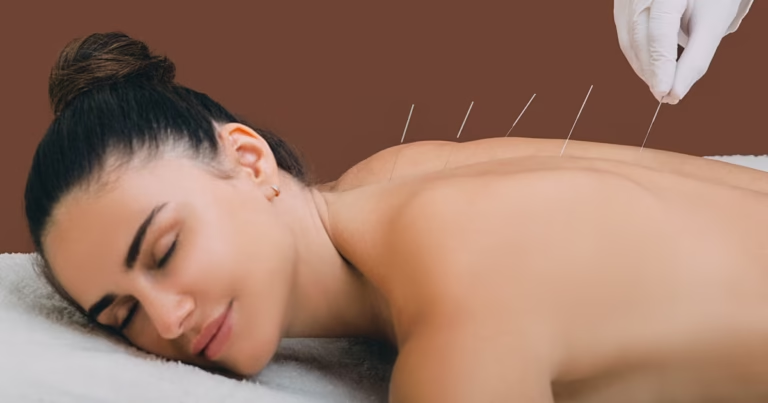Add Your Heading Text Here

Introduction
Holistic therapies are gaining more and more attention in the search for physical, emotional, mental, and spiritual balance. Instead of focusing solely on symptoms, these practices look at the individual as a whole, promoting long-lasting well-being and transformation. But do you know what each one offers? In this article, we’ll explore the main types of holistic therapies and how they can benefit your life.
What Are Holistic Therapies?
The word “holistic” comes from the Greek holos, meaning “whole.” This approach sees body, mind, and spirit as interconnected elements that must be treated in an integrated way. Holistic therapies are, therefore, complementary practices that aim to restore energy balance and promote self-healing.
Main Types of Holistic Therapies
1. Reiki
A Japanese energy healing technique that involves the laying on of hands. Vital energy is channeled by the therapist into the patient, promoting relaxation, pain relief, and emotional balance.
Benefits: Stress reduction, better sleep, immune system support.

2. Aromatherapy
Uses essential oils extracted from plants to balance body and mind. The application includes inhalation, massage, or diffusers.
Benefits: Anxiety relief, increased focus, support for sleep disorders.

3. Acupuncture
A Traditional Chinese Medicine technique that uses fine needles in specific points to balance Qi (life energy) and treat physical and emotional issues.
Benefits: Pain relief, improved energy flow, and reduced muscle tension.

4. Crystal Therapy
Based on the energetic vibrations of crystals to realign chakras and promote physical and spiritual balance.
Benefits: Energy harmonization, emotional balance, environmental cleansing.

5. Bach Flower Remedies
Emotional and vibrational essences created by Dr. Edward Bach to treat emotions such as fear, anger, or insecurity.
Benefits: Emotional control, mental clarity, anxiety reduction.

6. Guided Meditation
A practice that leads the mind to a deep relaxation state through voice, sound, and visualization.
Benefits: Self-awareness, focus, relief from anxiety and depression symptoms.

7. Shiatsu
A body therapy that applies pressure with fingers to specific points on the body to unlock energy and relieve pain.
Benefits: Deep relaxation, relief from chronic pain, increased vitality.

8. Homeopathy
A therapeutic system that uses highly diluted substances to stimulate the body’s natural healing processes.
Benefits: Treatment of physical and emotional symptoms with fewer side effects.

Why Choose a Holistic Therapy?
Choosing holistic therapy means choosing self-awareness and self-care. These practices do not replace conventional medical treatments but can be powerful allies in healing, bringing harmony and balance to everyday life.
Final Thoughts
In a fast-paced world, we often ignore what our body and mind are trying to tell us. Holistic therapies invite us to look within and reconnect with our essence. When integrated into daily life, these practices can lead to genuine well-being — the kind that starts from the inside out.
Bibliographic References
Capra, Fritjof. O Ponto de Mutação. Cultrix, 2000.
Bach, Edward. The Flower Remedies of Dr. Bach. Pensamento, 1995.
Gerber, Richard. Vibrational Medicine. Cultrix, 2001.
Weil, Andrew. Health and Healing. Rocco, 2002.
Brazilian Association of Holistic Therapies (ABRATH) – www.abrath.org.br
Author’s comment
The beauty of holistic therapies lies precisely in reminding us that we are more than flesh and blood – we are energy, emotion, and consciousness. In times of chronic stress and generalized anxiety, these practices not only relieve symptoms but teach us to listen to the body, respect the soul’s time, and restore our inner power. It’s worth giving it a try and feeling the power of integration on your skin.